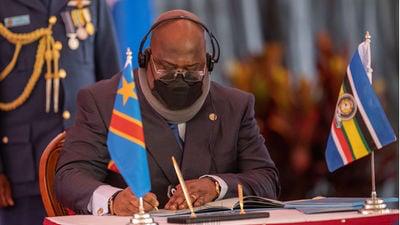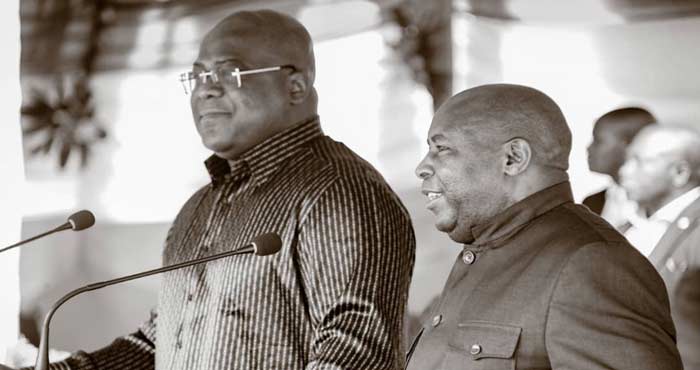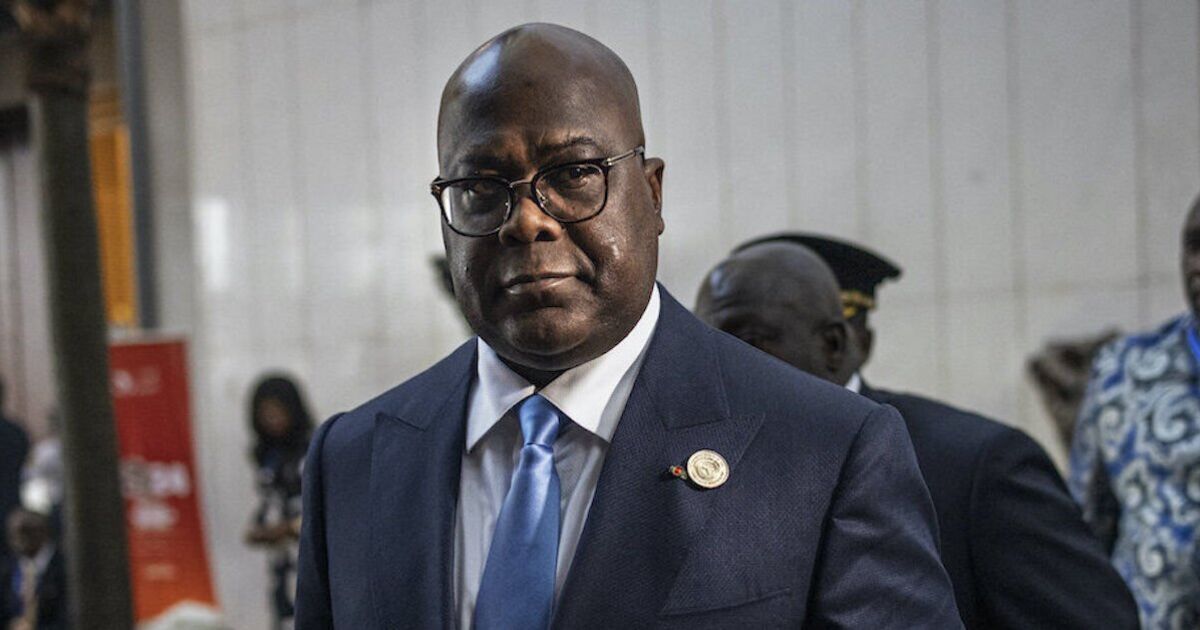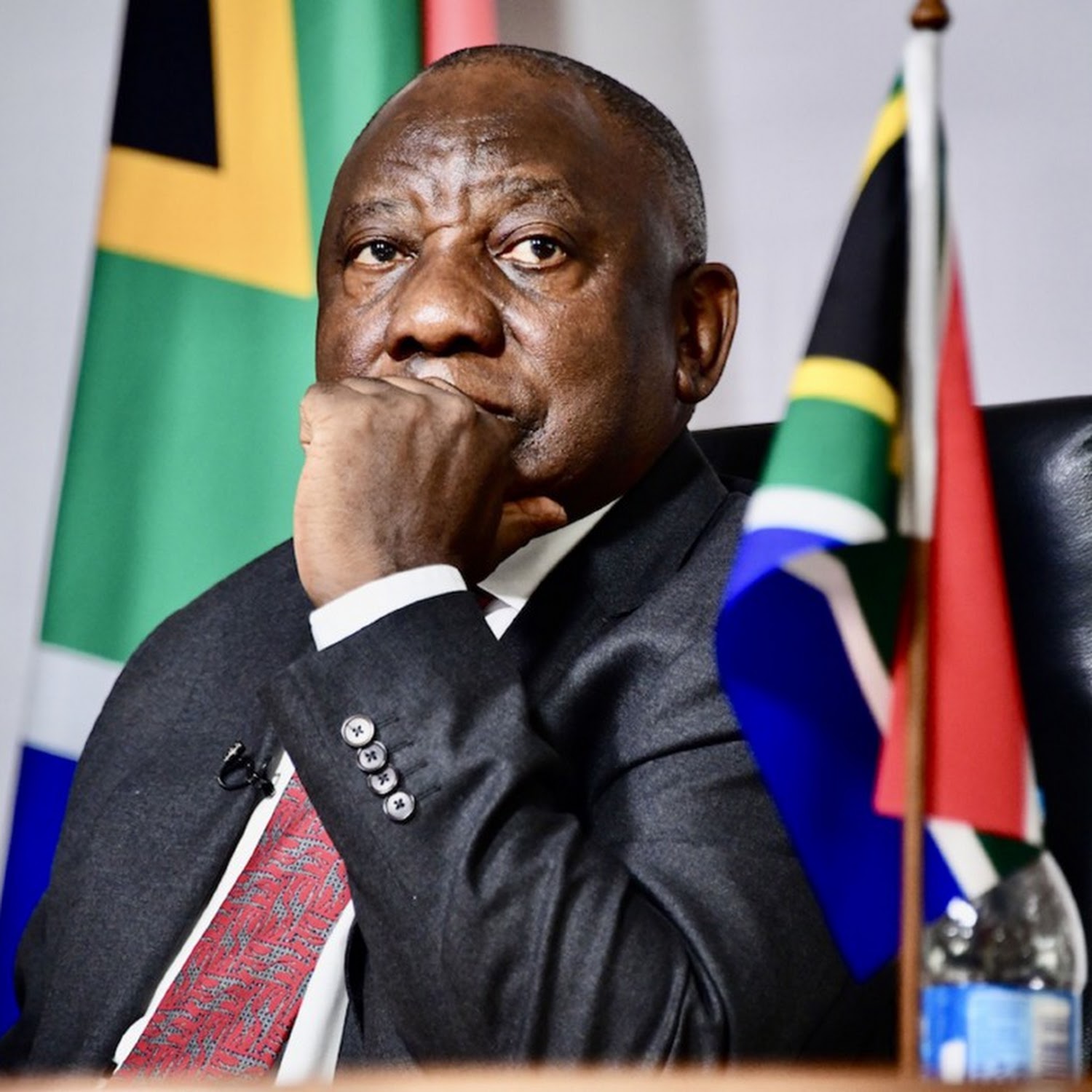Regional
FDLR remains an important actor in DRC conflict –UN GoE report
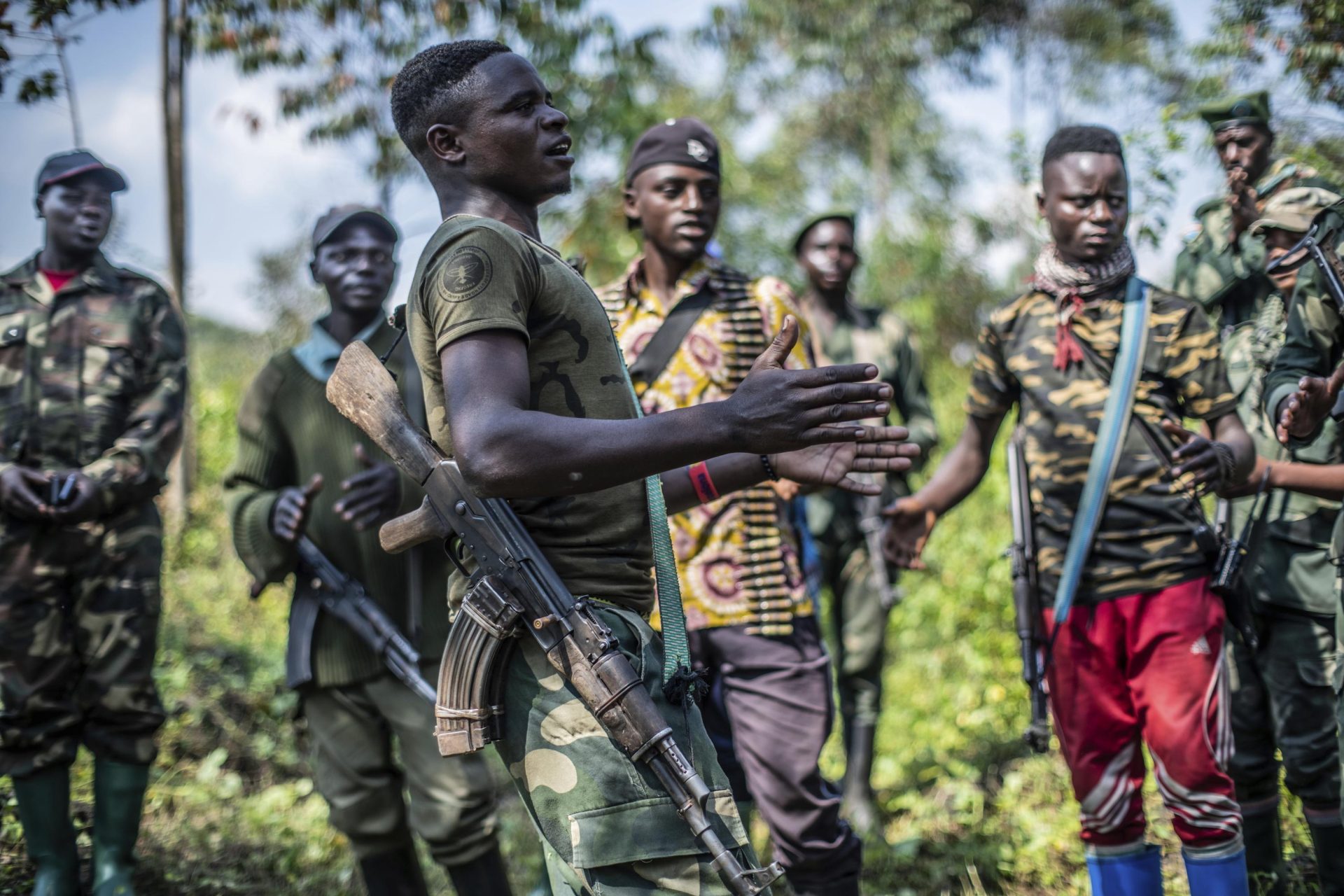
A new ‘leaked’ final report by the UN Group of Experts on the Democratic Republic of Congo (DRC) confirms that FDLR remains an important actor in the ever-escalating conflict in eastern DRC.
The FDLR is a Rwandan terrorist group formed by remnants of the perpetrators of the 1994 Genocide against the Tutsi in Rwanda who fled to eastern DRC, then Zaire, after their genocidal regime had been overthrown. For the past three decades, various Congolese governments have accommodated and shielded them.
The new UN report notes that the DRC government continued to use negative armed militias grouped in “Wazalendo” and the FDLR as proxies in the fight against the M23 rebels.
On November 21, 2023, following diplomatic pressure requesting the DRC to distance itself from the FDLR, Lt Gen Christian Tshiwewe, FARDC Chief of Staff, issued instructions banning FARDC-FDLR cooperation. However, FDLR remained a part of the coalition supporting FARDC, and continued to be active at frontline positions at the request of FARDC. From observation, the supposed instructions from Congolese national army Chief of Staff to end collaboration with FDLR were not heeded.
FDLR combatants engaged in clashes either alone or along FARDC, the newly created and government-sponsored armed group coalition Volontaires pour la défense de la Patrie (VDP) and Burundian troops in areas around Karengera, Rusayo, Mudodja, Kanyagira, Kibati, and Kanyamahoro, all traditional FDLR strongholds.
FDLR also engaged in clashes in strategic localities in Nyiragongo territory, in particular around Sake.
The terrorist group’s commander, Fidel Sebagenzi, was liaison between FDLR and VDP, as well as between sanctioned FDLR military commander Maj Gen Ntawunguka Pacifique, also known as Omega Israel, and North Kivu Governor Maj Gen Ciriwami.
The FARDC provided military equipment and financing to FDLR, in exchange for its role in fighting M23, in violation of the arms embargo.
“Although FDLR came under pressure, it remained an important actor in the conflict,” reads a part of the report, adding that the protracted armed violence worsened the already dire humanitarian crisis.
Goma, the capital of North Kivu Province, faced escalating criminality and civil unrest due primarily to the proliferation of Wazalendo combatants and undisciplined FARDC elements, who enjoyed general impunity for their acts.
By March 2024, Petit Nord accounted for nearly 1.7 million internally displaced persons (lDPs). An additional half million IDPs spilled over into neighbouring South Kivu Province.
Combat proximity and frequent artillery fire in urban areas and near IDP sites caused heavy civilian casualties.
On May 3, explosions that targeted IDP camps in Lac-Vert and Mugunga near Goma, led to the death of more than a dozen of people, including children.
On May 4, MSF condemned “the increasing use of heavy artillery close to displacement sites around Goma and urgently call on all parties to the conflict to ensure the safety and protection of civilians and humanitarian staff, as well as unhindered access for humanitarian organizations”.
According to the report, M23 expanded the areas under its control despite the presence multiple military supporting the DRC government including SADC troops, private military companies, Burundian troops, Wazalendo, and FDLR.
The rebel group conquered areas around Sake in February 2024, after heavy fighting with FARDC, Wazalendo groups and FDLR.
In early March 2024, M23 rapidly progressed north of Goma, conquering new strategic areas and towns –FDLR and Nyatura strongholds– in Rutshuru Territory including Nyanzale, Kibirizi, and Rwindi as well as Vitshumbi, on the shores of Lake Edward.
FARDC retreated from its primary military camp in Rwindi before M23’s arrival, avoiding combat and leaving some military logistics behind.
The rebel group seized Rubaya town in late April.
Since the first M23 attacks on FDLR bases in 2022, key FDLR leaders and many combatants were killed. FDLR also lost some of its key positions, and was compelled to move its headquarters from Tongo to Shove, further South in Rutshuru Territory.



